Ghostly Castle Ruins of Villanueva de Jamuz, Spain
Whenever I get in the car I always have the urge to turn off the main road and take a backroad. Luckily I came across this gem of a castle found in Villanueva de Jamuz!
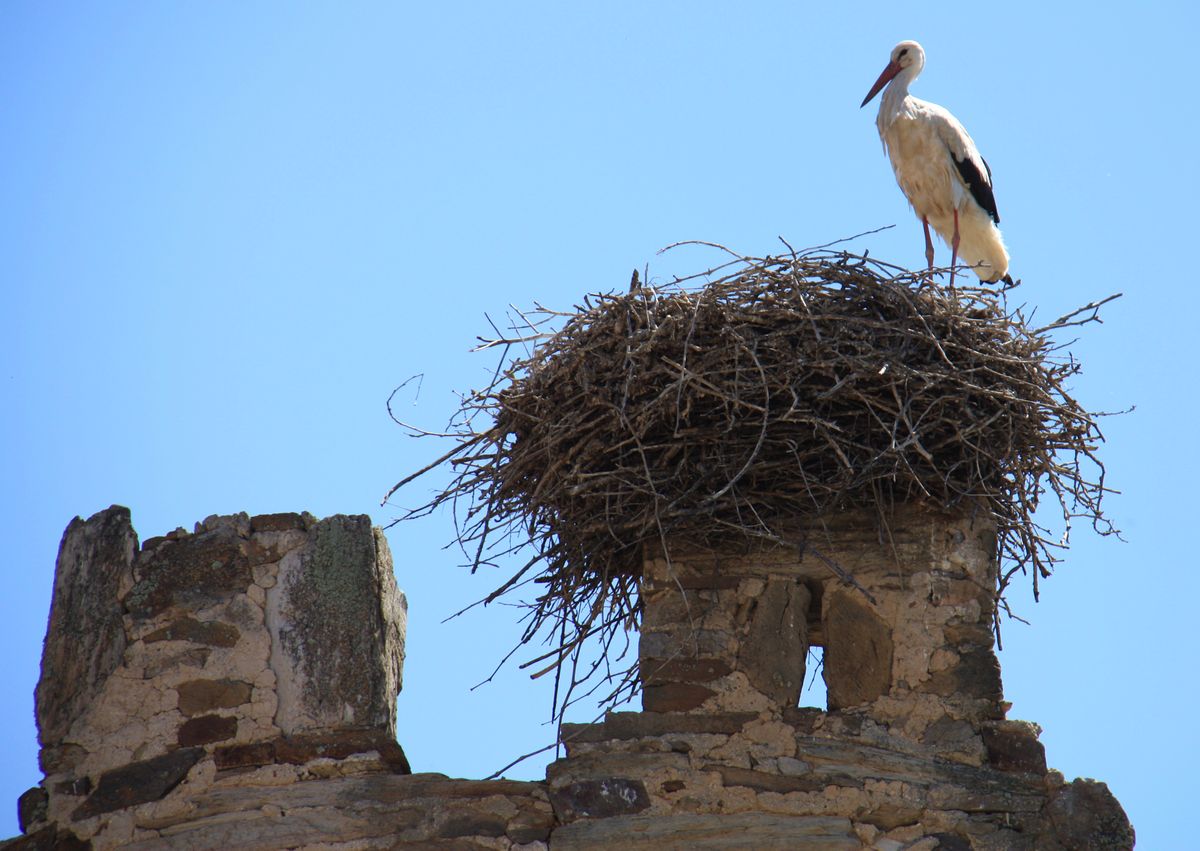
In Spain, the dead are more alive than the dead of any other country in the world. – Federico Garcia Lorca
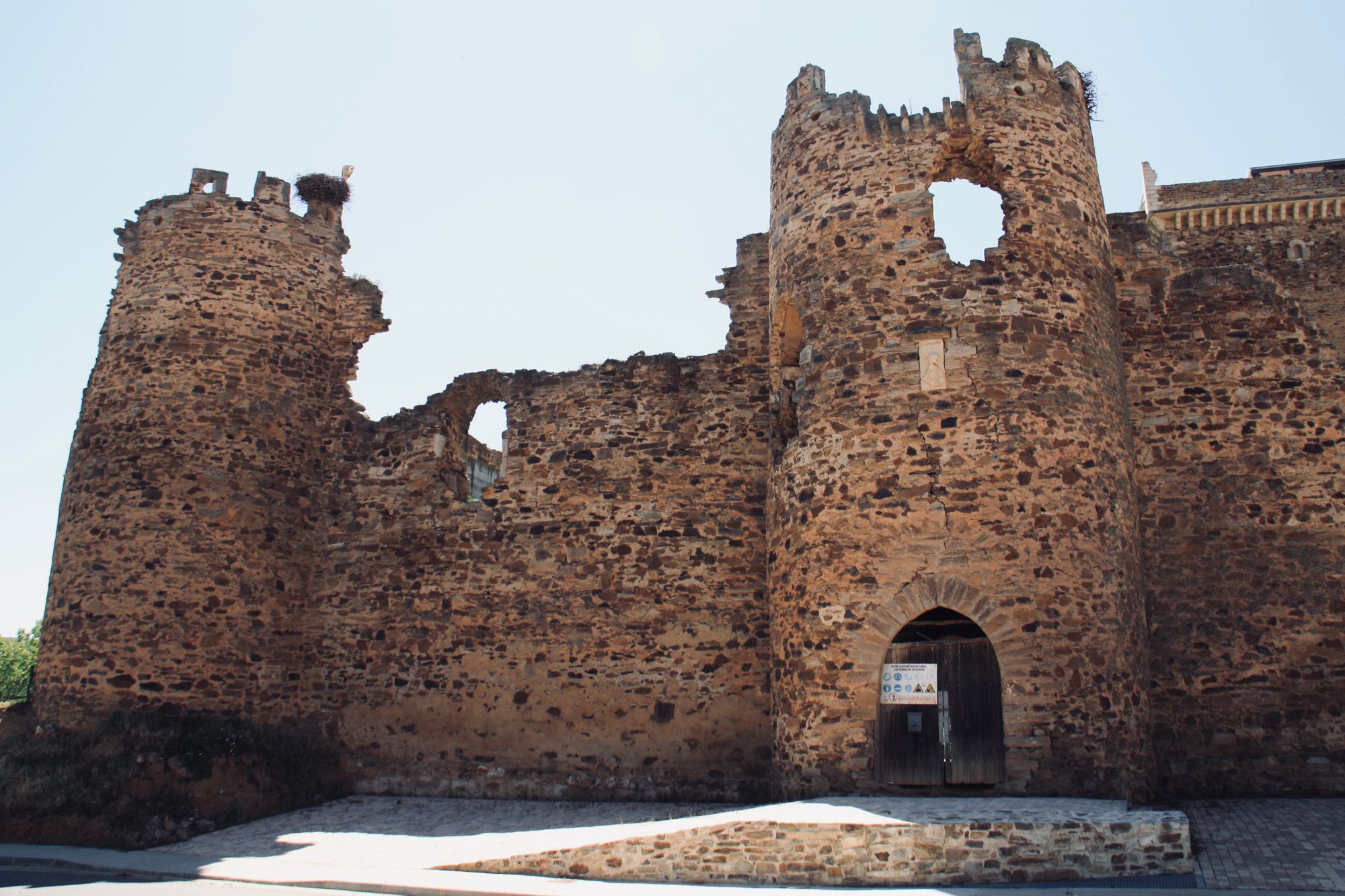
I wasn't expecting to stumble upon the ruins of Don Suero de Quiñone's stately home, albeit now in ruins. Remember him from the Paso Honroso in Hospital de Órbigo? I had found his castle!
It was by chance that I decided to divert from my usual route back to Pozos from La Bañeza. It is always a small road sign on the side of the road with a village name and arrow that catches my interest. It doesn'tmatter if the road is narrow, one lane, gravel or paved, I say - let's go!
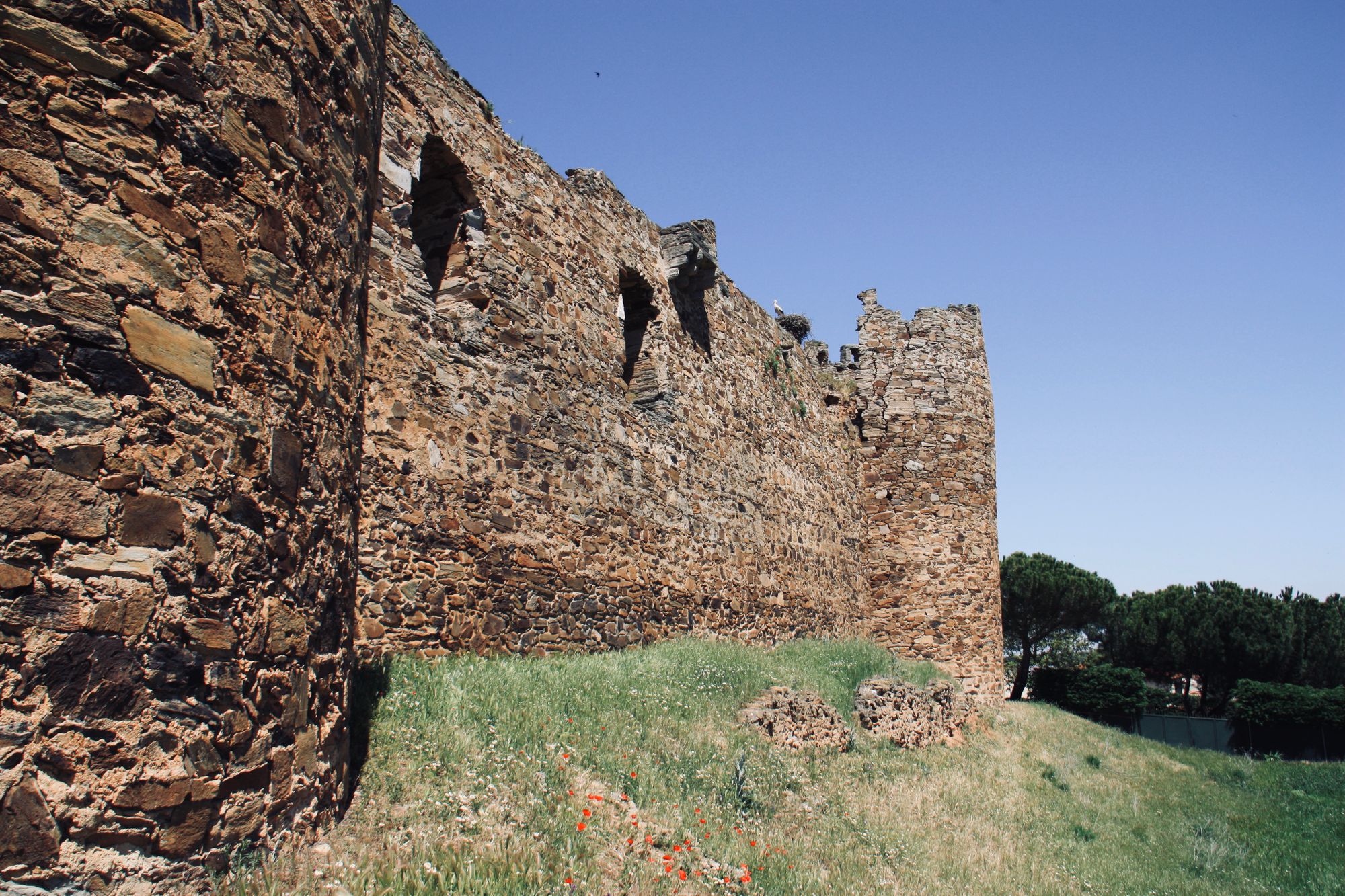
Some history - The castle was built by Diego Fernández de Quiñones el de la Buena Fortuna at the end of the 14th century (he built the keep). In 1435 he gifted it to Don Suero born c.1409, his second son, shortly after the famous Paso Honroso in Hospital de Órbigo in the summer of 1434 . Don Suero continued with the build, adding the outer wall and the defensive tower over the main gate.
After the Paso Honroso, he married his love, Doña Leonor de Tovar and they appear to live happily ever after until his untimely death. Twenty-four years after the tournament, Don Gutierre de Quijada,who had long remained bitter over his defeat at El Paso Honroso, challenged and killed Don Suero in a joust.
In 1496 the Reyes Católicos, Ferdinand II of Aragon and Isabella I of Castile confiscated the castle from the Quiñones family due to certain indiscretions with a servant of the Bishop of Astorga. Once the conflict was resolved, a year later the Catholic Monarchs ordered the castle be returned to the Quiñones. 🙄
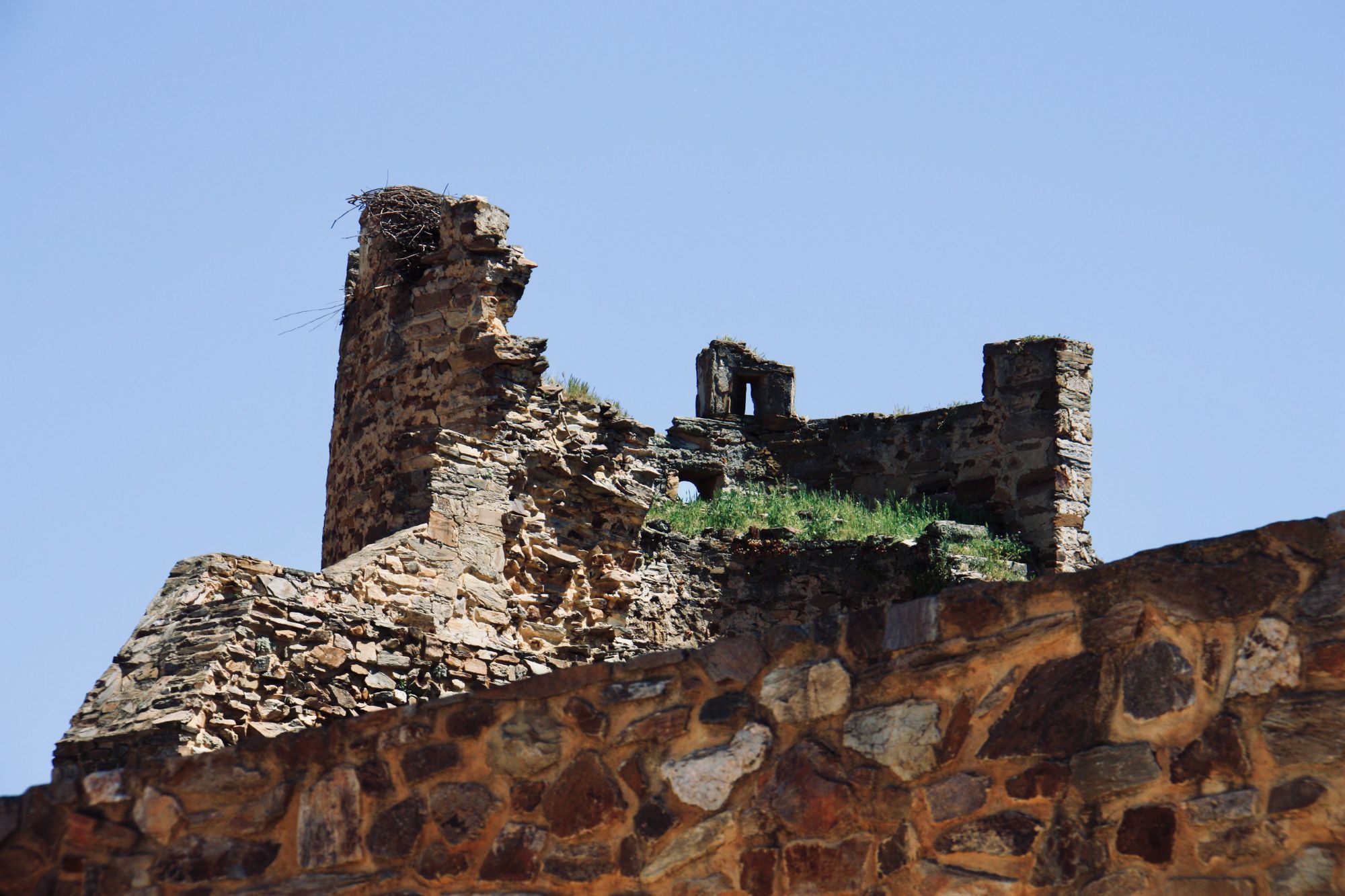
Don Suero de Quiñone - he is what legends are made of. A knight, fighting for true love, owner of a castle, involved in intrigue and danger, a pilgrim, and ultimately killed by a rival knight. He is remembered in Spanish history and in the novel Don Quixote by Cervantes. He is also remembered in the walls of this castle, can you feel his presence?
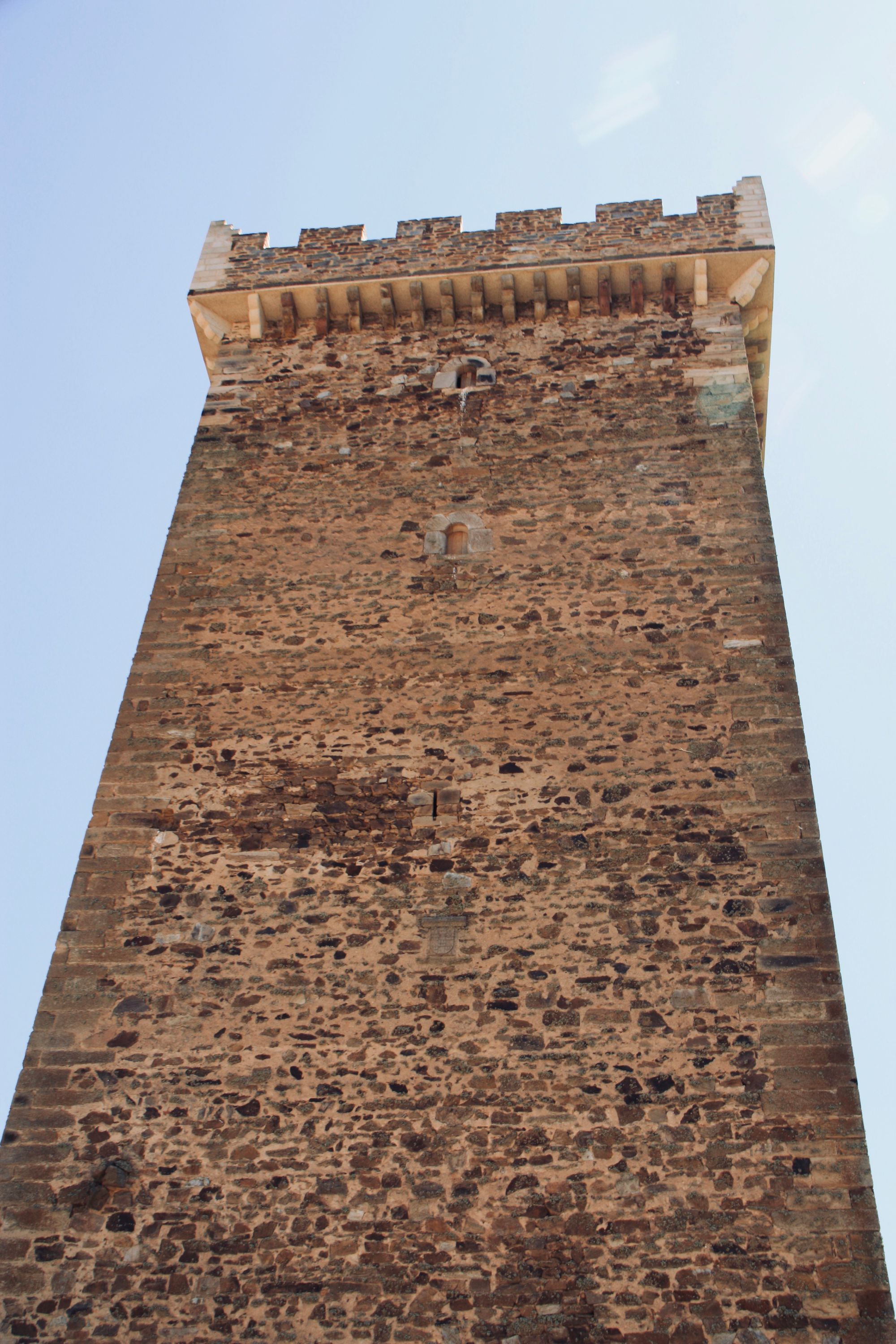
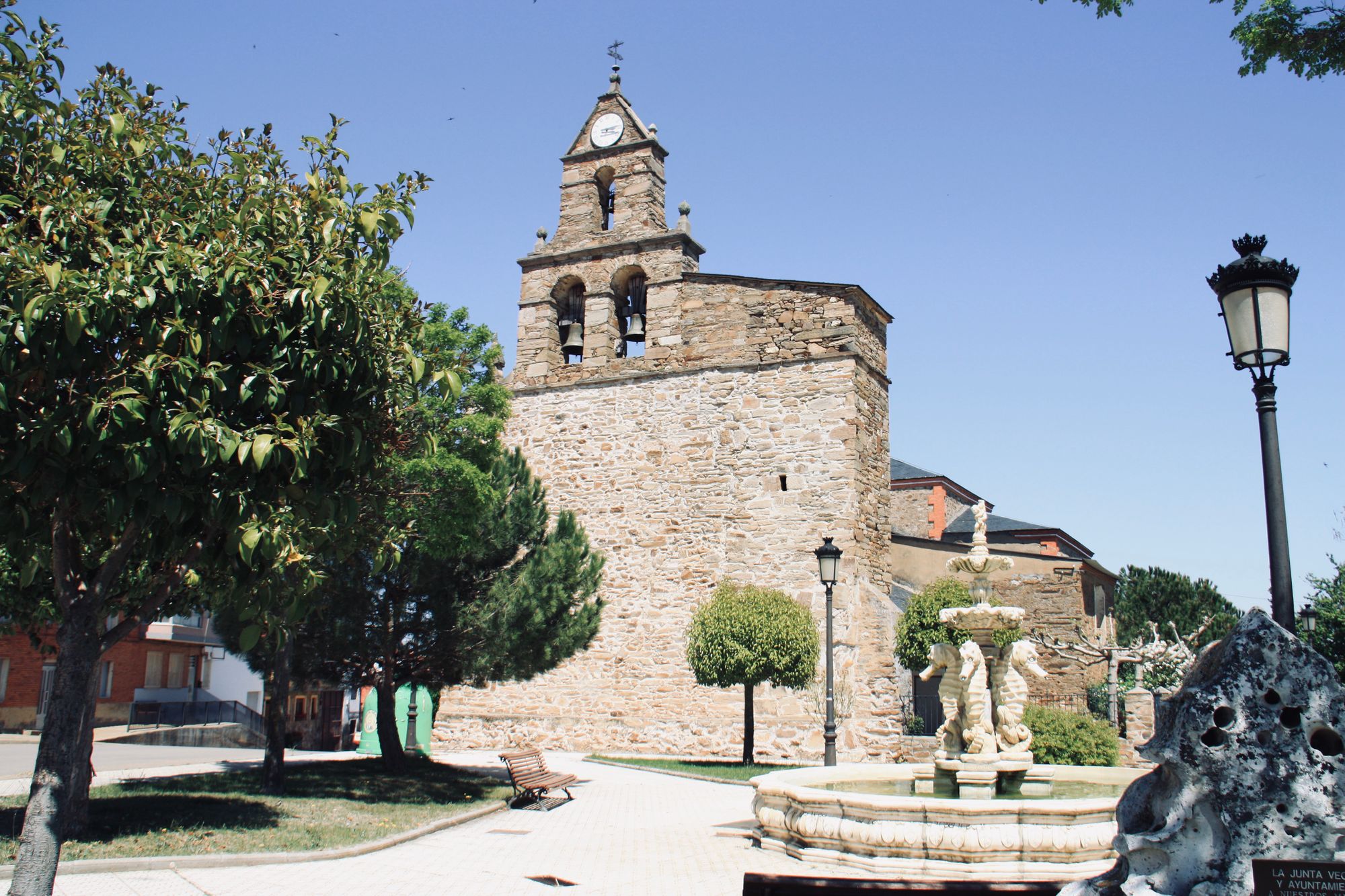
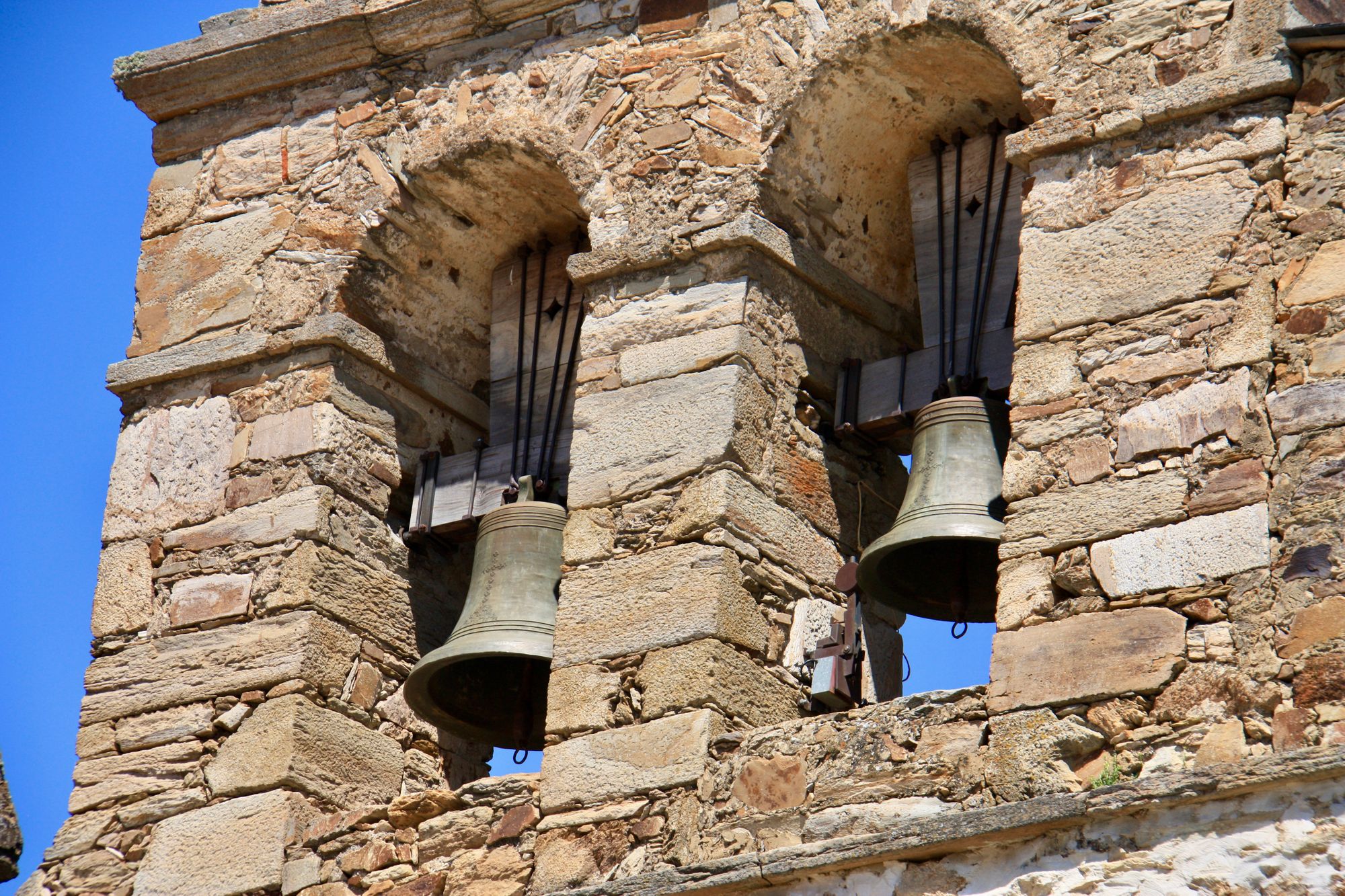
The Town of Villanueva
The parish church of San Cipriano, across the street from the castle ruins, preserves an image of the Virgin from the 14th century and the altarpiece from the 16th century. To see inside this church you will have to find the keeper of the keys. Always a bit of a problem, but persevere. Start by asking in the bar if it is possible to see inside the church and go from there.
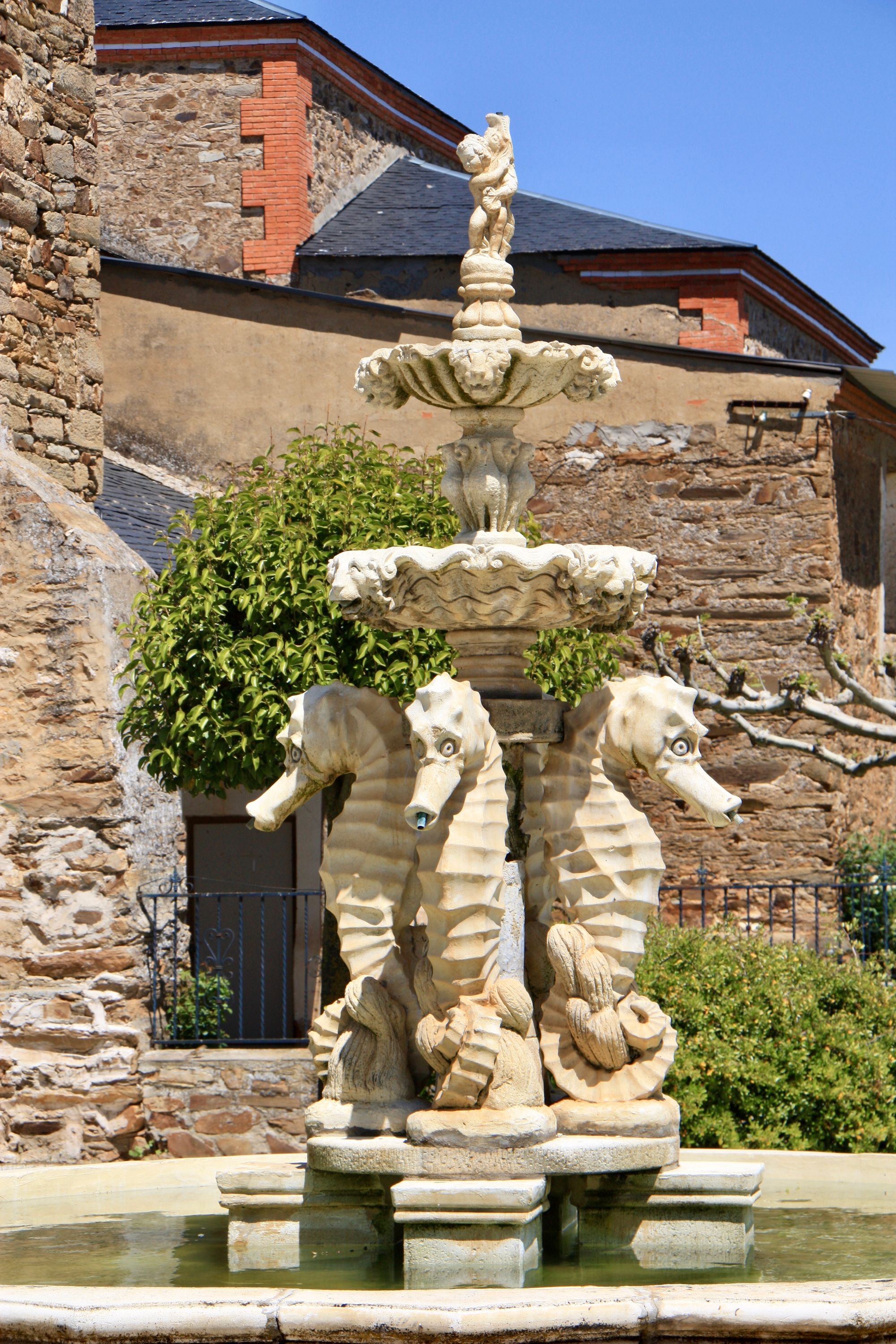
The seahorse fountain is a curiousity. Something to do with the Camino? If you, my reader, have any information please share!
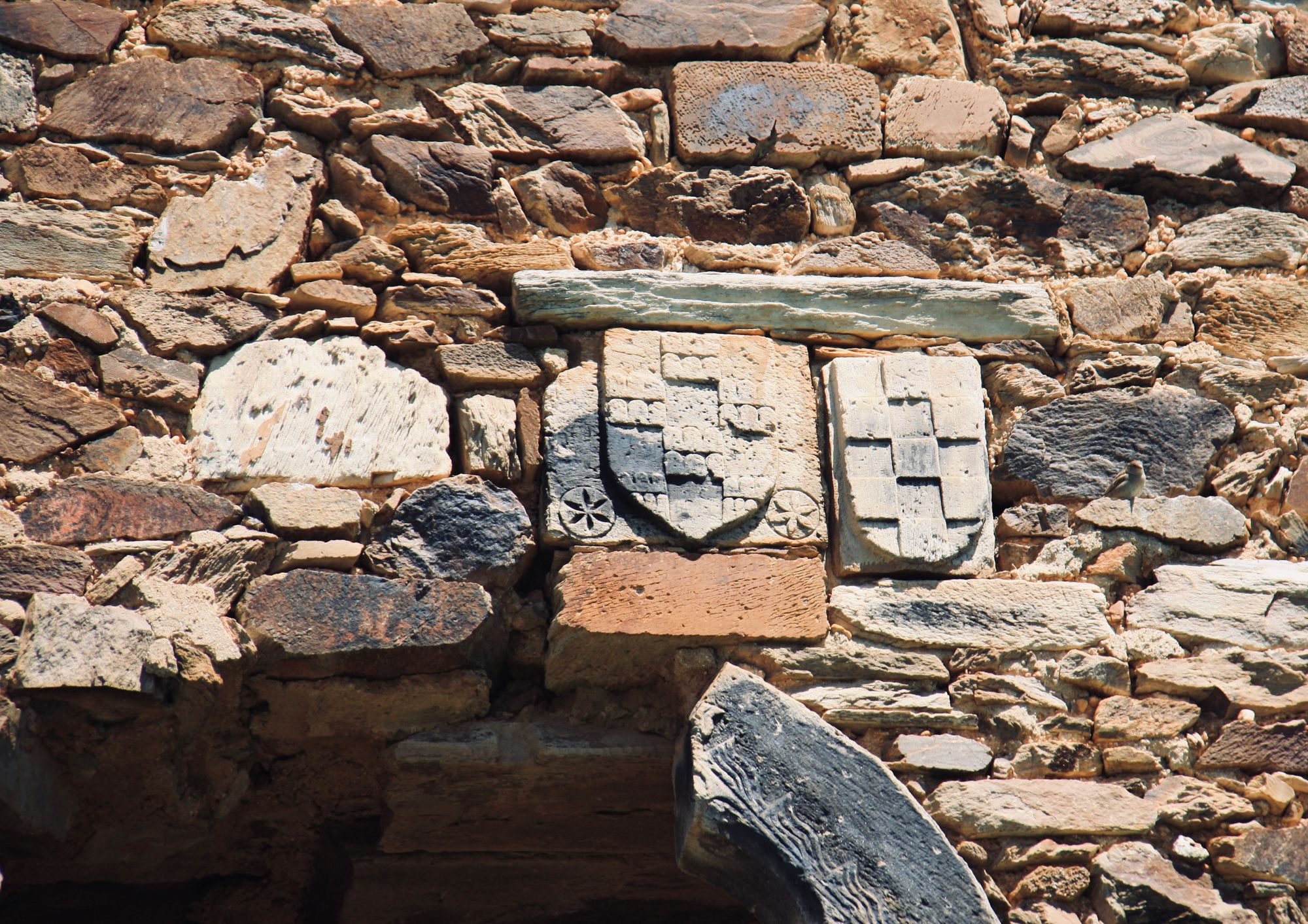
The village of Villanueva is on the Vía de la Plata pilgrim's route between Mérida and Astorga. Calle de Hospital in the village keeps the memory alive of all the pilgrim's who walked this route on their way to Santiago de Compestela over the last hundreds of years.
There are signs posted outside the walls (in Spanish) with some history.
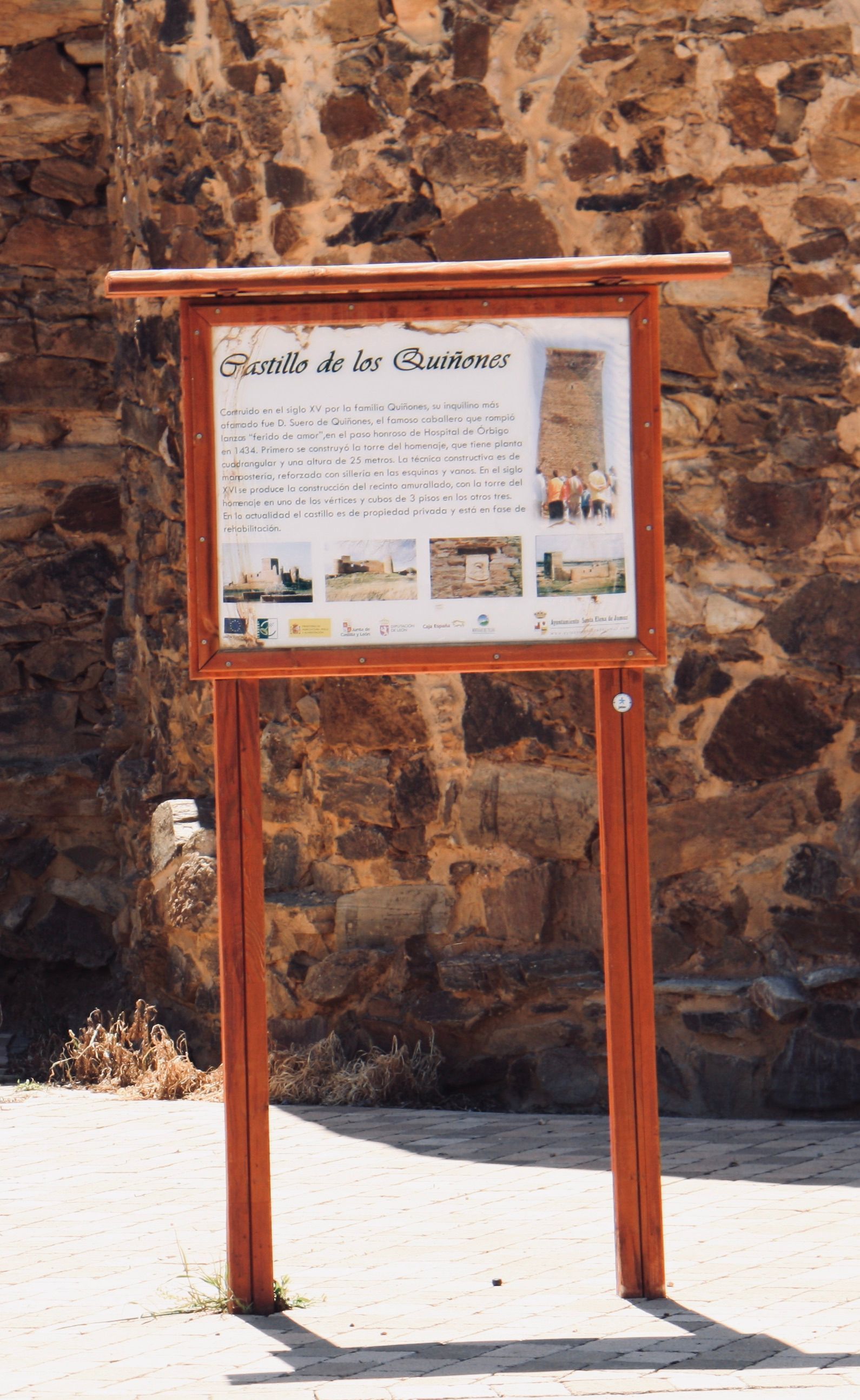
Take time to walk around the castle walls, look up, touch the stones, listen...
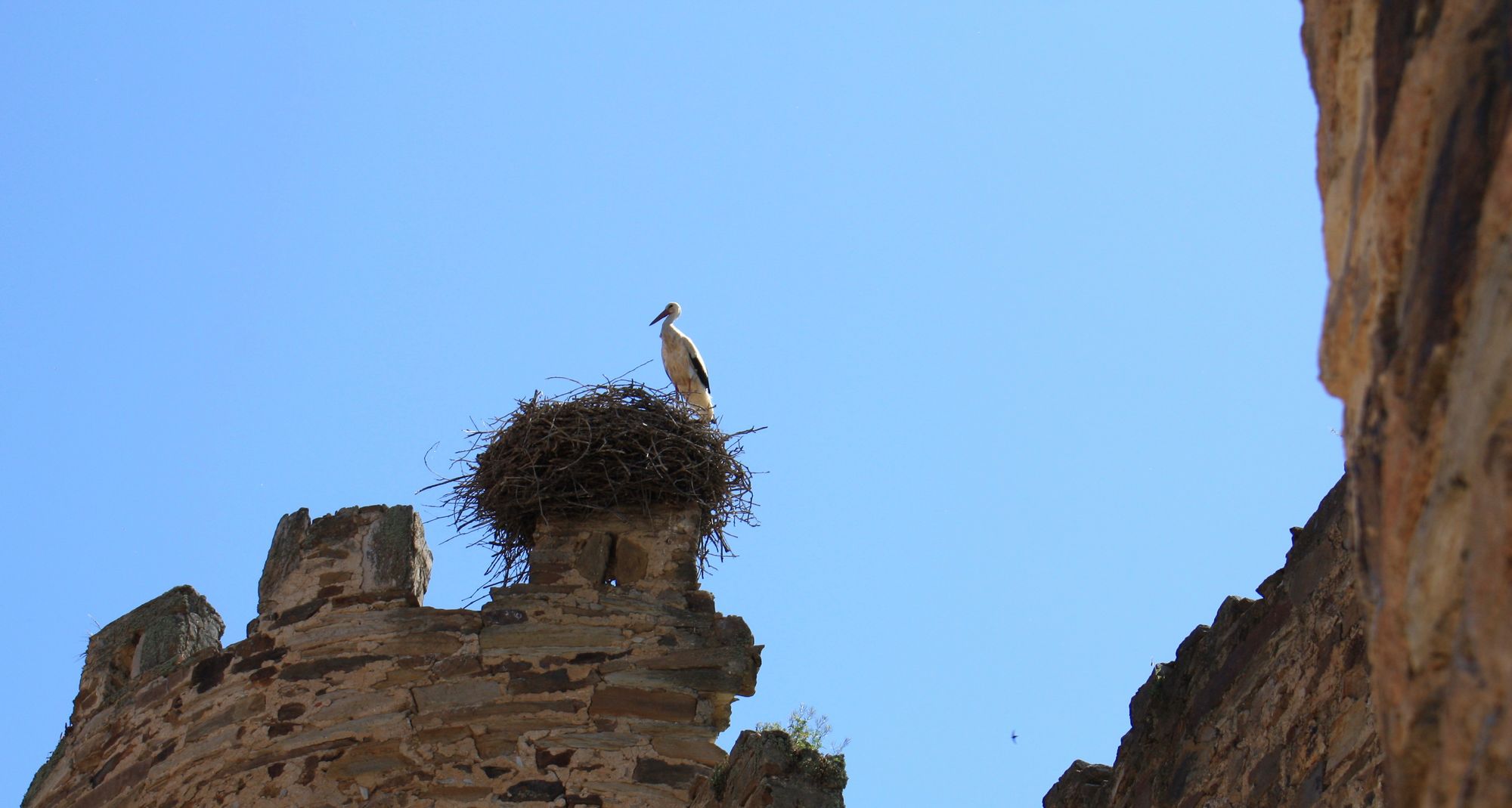
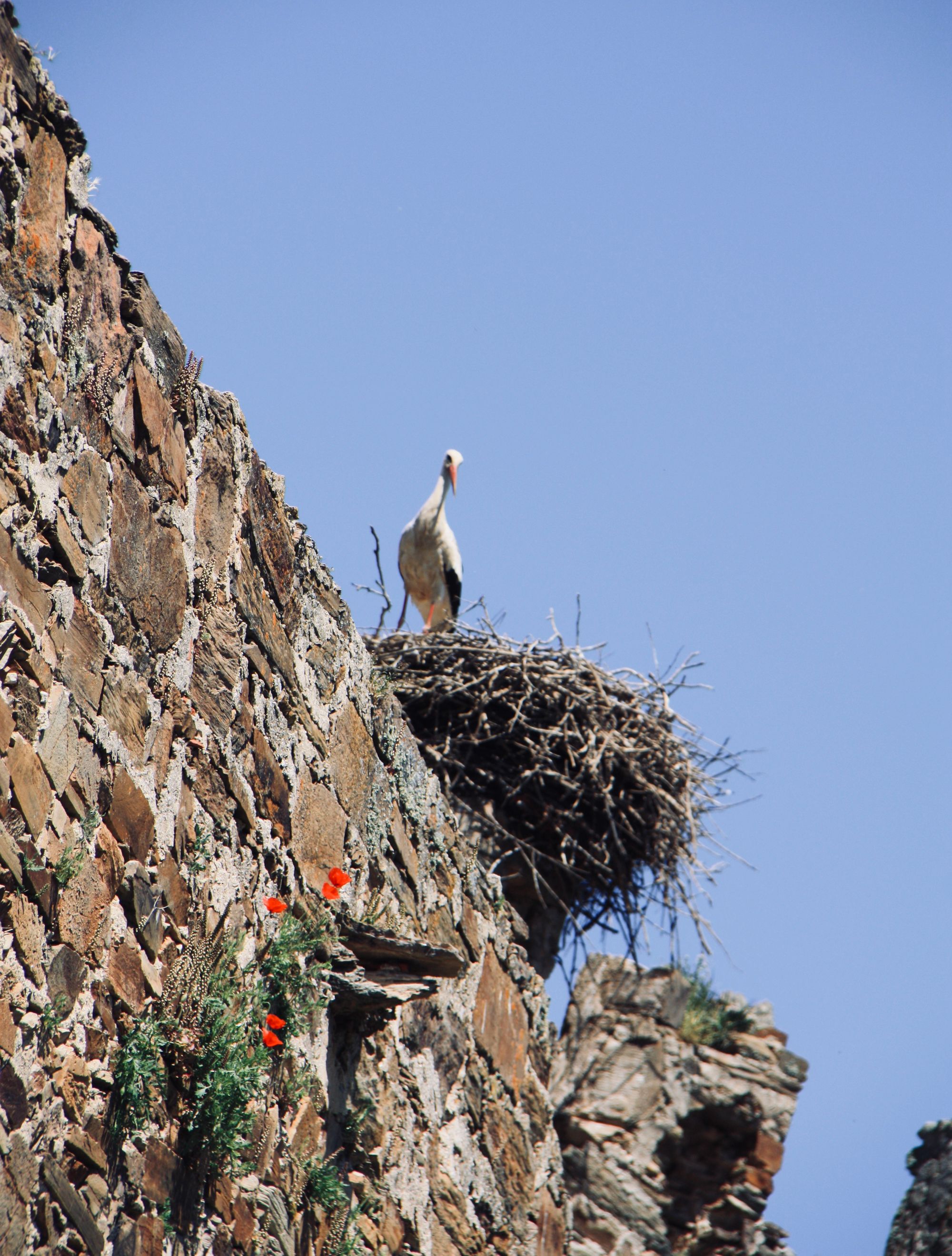
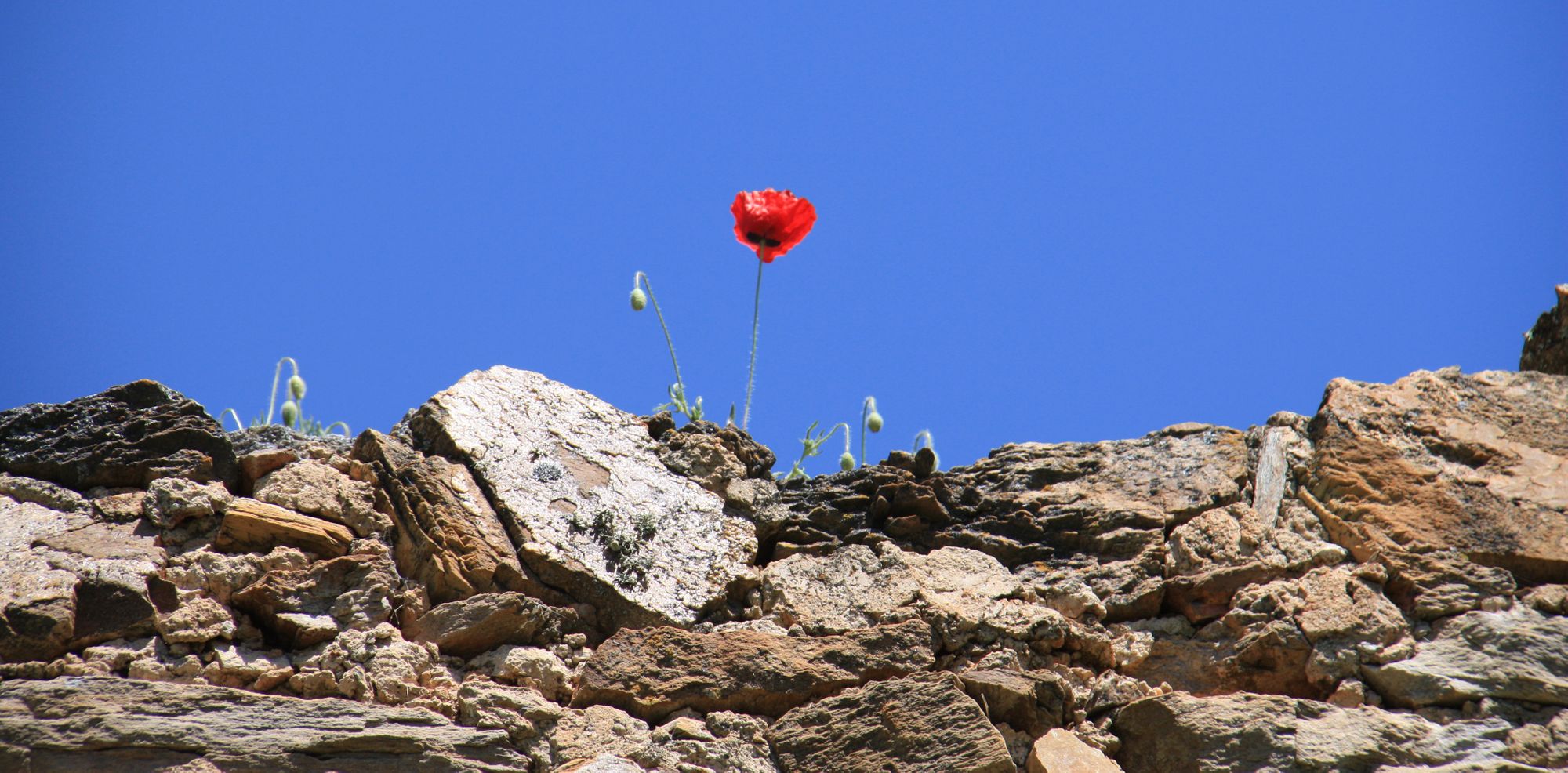
The Walls - In the early spring and summer the storks return from Africa to raise their young. Like any good castle ruin it is the perfect spot to build their enormous nests. Poppies grow out of the walls making for good photo opportunities. I like taking time to explore all the nooks and crannies of these great imposing stone walls, you never know what can be found.
As I explore these quaint little villages scattered throughout Spain I am reminded of the vast history of this beautiful country and its people.




